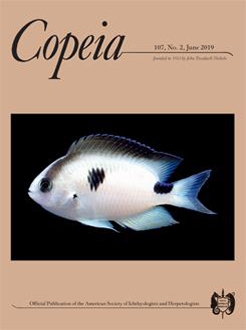Understanding community interactions, such as predator–prey dynamics, is vital for determining species viability. Outside of larger macroinvertebrate predators, such as crayfish and dragonfly larvae, there is a paucity of information regarding the effectiveness of other macroinvertebrate predators in consuming larval amphibians, especially caudate larvae, during aquatic life-stages within pond communities. In this study, we tested the ability of a suite of macroinvertebrate predators to consume Spotted Salamander larvae (Ambystoma maculatum) at two points during larval development. We tested the ability of macroinvertebrate predators belonging to the genera Belostoma, Lestes, Notonecta, and Ranatra, the families Aeshnidae, Dytiscidae, Gomphidae, Gyrinidae, Hirudinae, Libellulidae, and Notonectidae, or order Trichoptera, as well as larvae of Rana clamitans, to consume A. maculatum immediately after hatching and several weeks into their larval period across four separate experiments. We tested for significant differences in percent survival of A. maculatum among predator treatments using ANOVA. Across all trials, we found a significant effect of predator treatment. Both hatchling and larval A. maculatum were susceptible to predation by Aeshnidae and Notonectidae. In all other treatments, we observed low or zero mortality of hatchlings of A. maculatum and 100% survival of larvae of A. maculatum. As Aeshnidae and Notonectidae are both gape unconstrained predators, the increase in larval size did not appear to increase survival of A. maculatum due to increased escape performance. Overall, rates of predation are low for A. maculatum for most macroinvertebrates during the tested life stages, suggesting that predation by only a handful of invertebrate taxa and vertebrates contribute to high mortality rates within this system.
BioOne.org will be down briefly for maintenance on 17 December 2024 between 18:00-22:00 Pacific Time US. We apologize for any inconvenience.
How to translate text using browser tools
7 May 2019
Macroinvertebrate Foraging on Larval Ambystoma maculatum across Ontogeny
Piper Stretz,
Thomas L. Anderson,
Jacob J. Burkhart
ACCESS THE FULL ARTICLE





